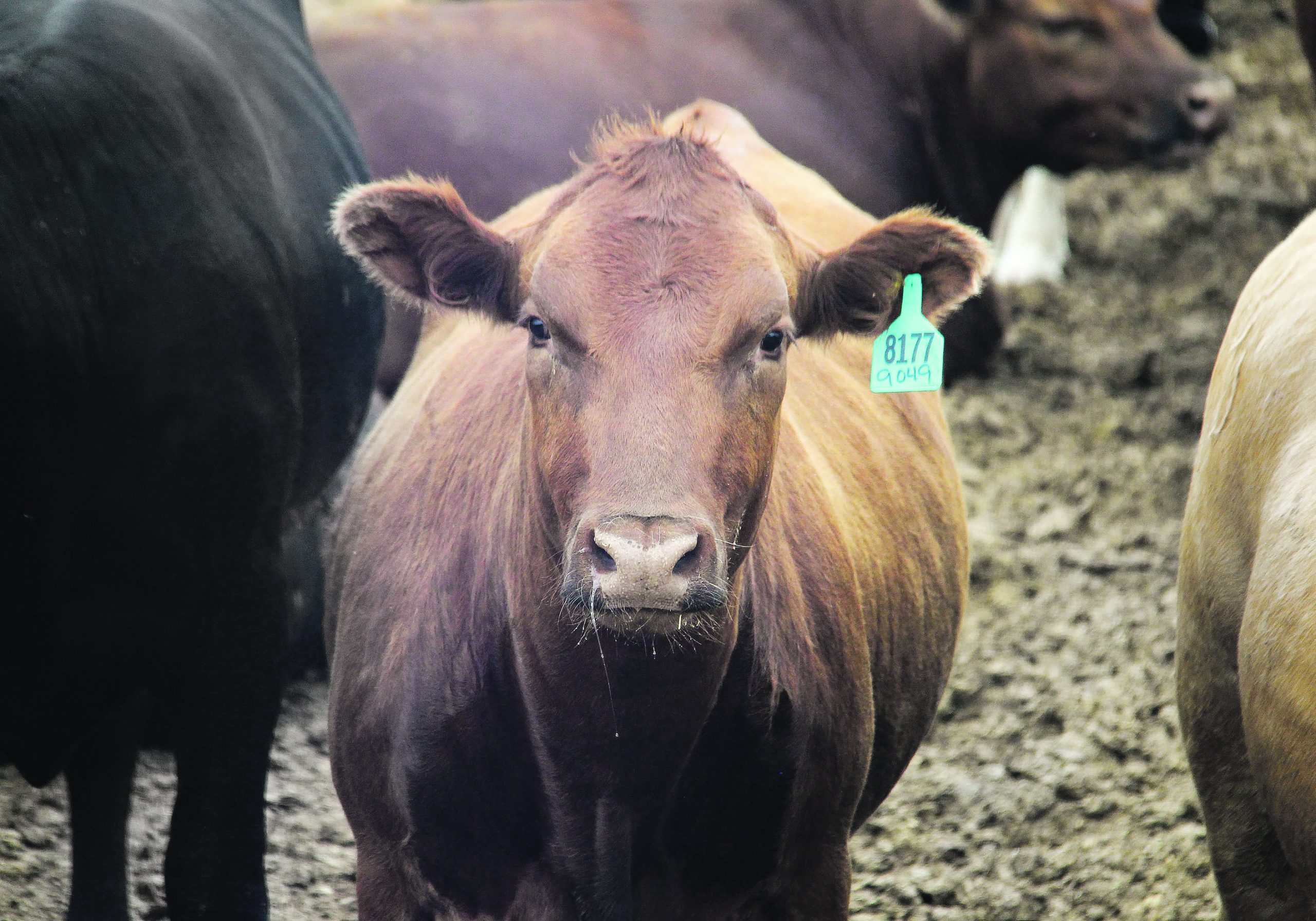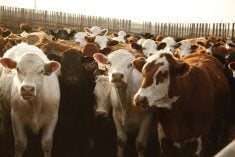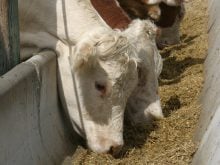Feedlot and backgrounding sectors called to participate in a two-part project that looks for insight on finishing practices
If you’re a feedlot or backgrounding operation manager with an hour to spare, a group of Canadian researchers wants your help.
The team behind the Canadian Feedlot Benchmark Study says their survey, now under way, will help create a national benchmark database of backgrounding and finishing practices used in herds across Canada. The stated goal is to identify the most efficient and sustainable management practices.
Survey participants will receive a personalized, confidential report with benchmarks from their own operations, said lead researcher Gabriel Ribeiro with the University of Saskatchewan.
Read Also

Feds propose overhaul of chronic wasting disease control program
Chronic Wasting disease control program getting updated by Canadian Food Inspection Agency with feedback encouraged from producers.
The university is one of five participating research bodies, including the University of Guelph, Agriculture Canada, Canfax Research Services and the Ontario Ministry of Agriculture, Food and Agribusiness.
Ribeiro admits the survey is “a bit long.”
“There’s no way to be short, just because we’re trying to get a very deep understanding of the industry.”
Researchers said participant privacy is top of mind. Outside of the personal report, data used for the study will be anonymous and aggregated so it can’t be traced to a specific operation.
“It’s always going to be very general information in terms of the average responses we got,” said Ribeiro. “We’re going to talk about farm size or something like that, but we would never say a specific farm and place, and there will be no sharing of that specific data from one farm to others and to other companies either.”
He hopes the information gathered will translate into hard data on the industry’s carbon footprint, which today he said is largely based on estimates and best guesses.
The survey, which has been online for over a month, covers questions about farm location and size, how cattle are managed and what participants feed their cattle, as well as their methods of doing so.
Other questions involve topics such as the kind of byproducts managers use.
“We also ask some questions on the type of cattle you feed in terms of sex and breed and starting weight and a finishing weight gain,” said Ribeiro.
Researchers are hoping to receive 230 responses by March 2025.
“If we don’t get a high enough number of responses, we might have to keep it for a little bit longer and do some more work in terms of reaching out to people.”
The survey is the first step in a two-phase project. Next will be a series of feed, fecal and manure sampling in 20 selected feedlots across Canada to develop near-infrared spectroscopy (NIRS) calibrations.
The hope is to use that data to feed predictions on diet digestibility, dry matter intake and cattle performance, using rapid scans of fecal samples. Precise calibrations will allow researchers to generate fast, accurate data to inform feed processing improvements, diet formulation and cattle performance.
Researchers will visit participating farms every second month for two years to collect those samples, said Ribeiro. Samples will be used to track the effects of various management practices and feed sources (particularly byproducts) in relation to cattle performance.
Results may be used to improve precision feeding, improve cattle efficiency and productivity and increase feedstuff flexibility.
“We’re going to get information on how the cattle are being managed and fed in those spans,” said Ribeiro. “And we want to also get the close-out data from those spans in terms of growth performance, in terms of intake and also, hopefully, some carcass data so we can connect back results we’re getting from the NIRS to expected outcomes.”
Researchers also hope calibrations can inform predictions on ammonia emissions, “which are hard to predict and can provide quite a variable from farm to farm.”
The entire project needs ranch owners willing to participate. Survey participants will see an option at the end of the survey asking if they’d like to get their ranches involved in the fecal NIRS study. Further information, as well as a link to the survey, can be found at https://research-groups.usask.ca/feedlotbenchmark/index.php.
The project is being sponsored by the Beef Cattle Research Council and Agriculture Canada.
















